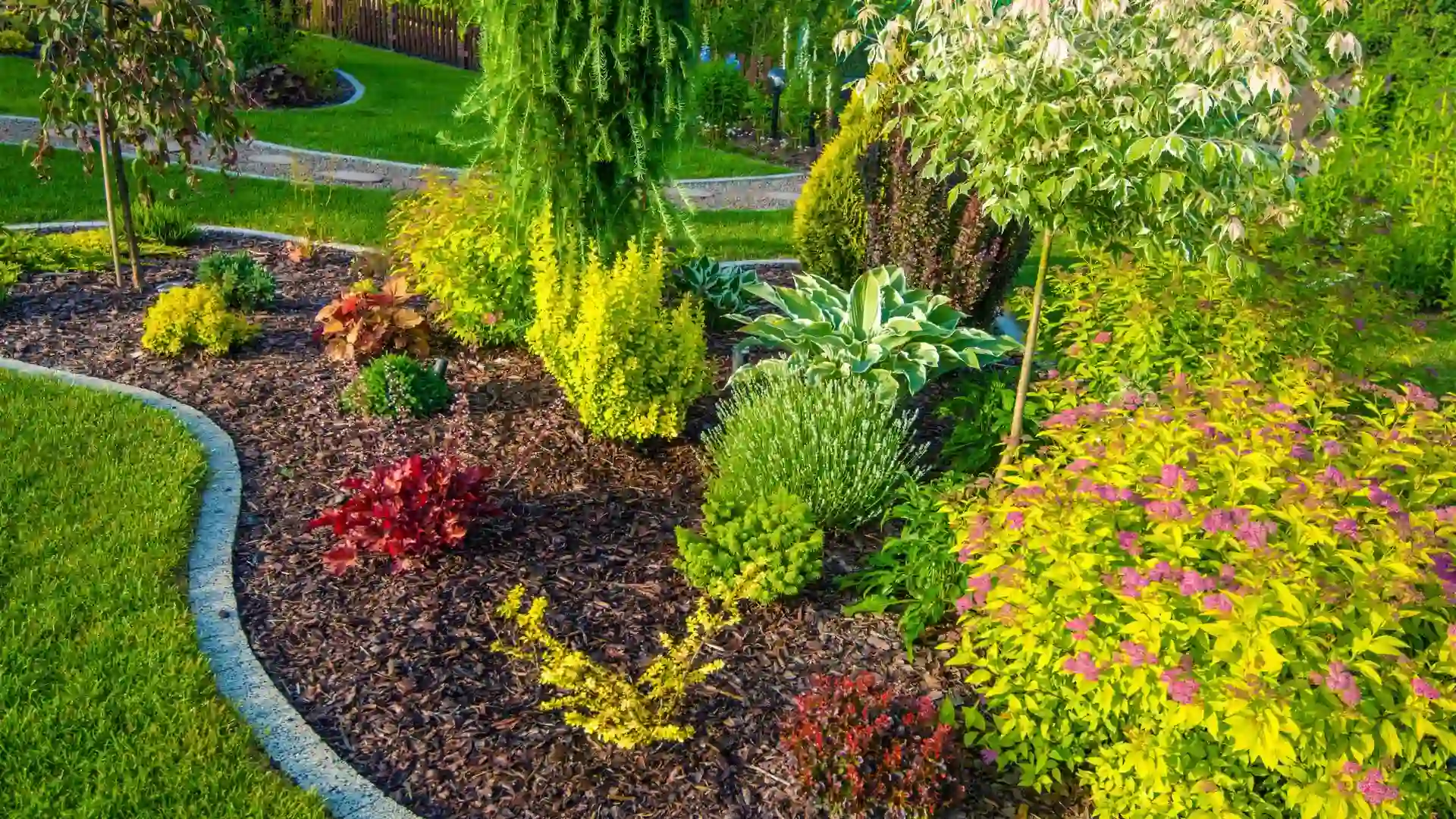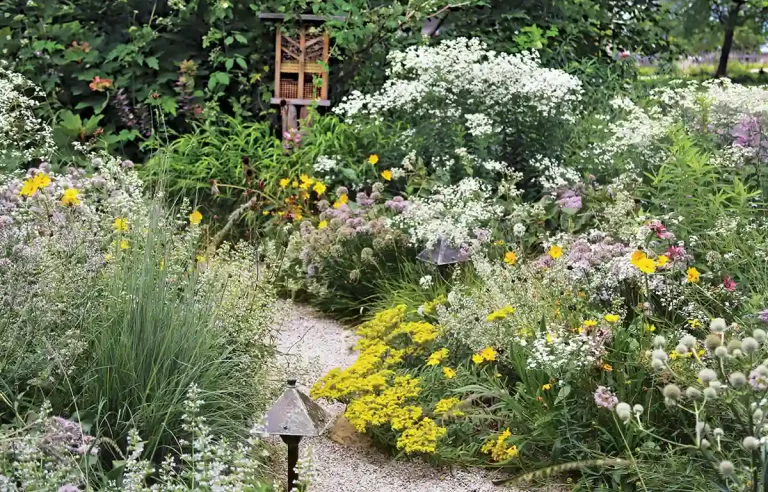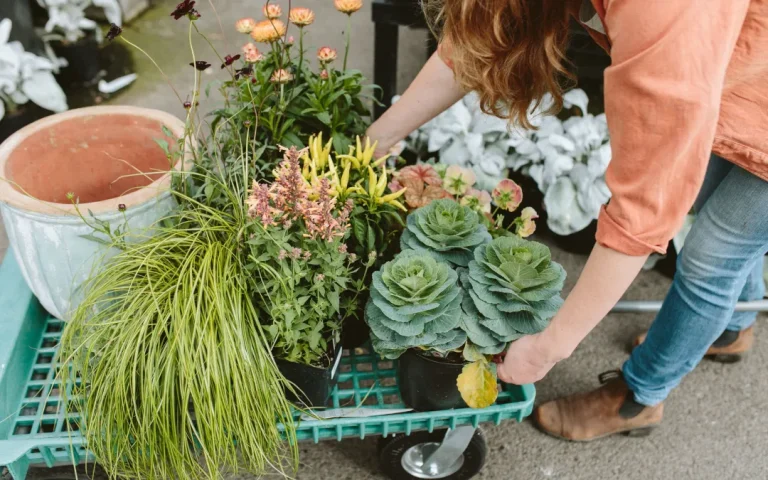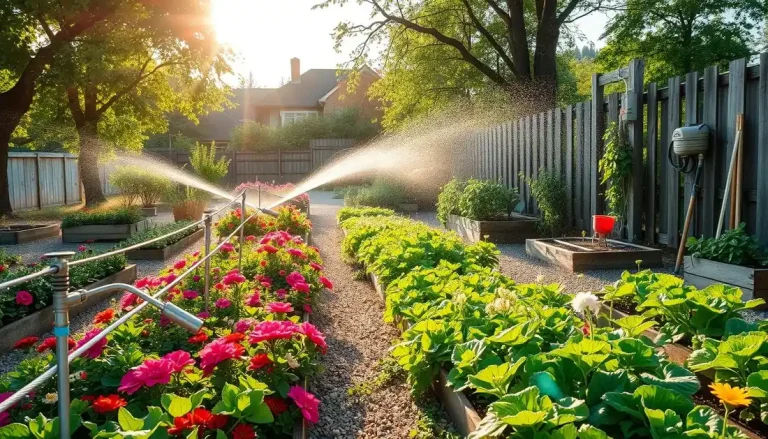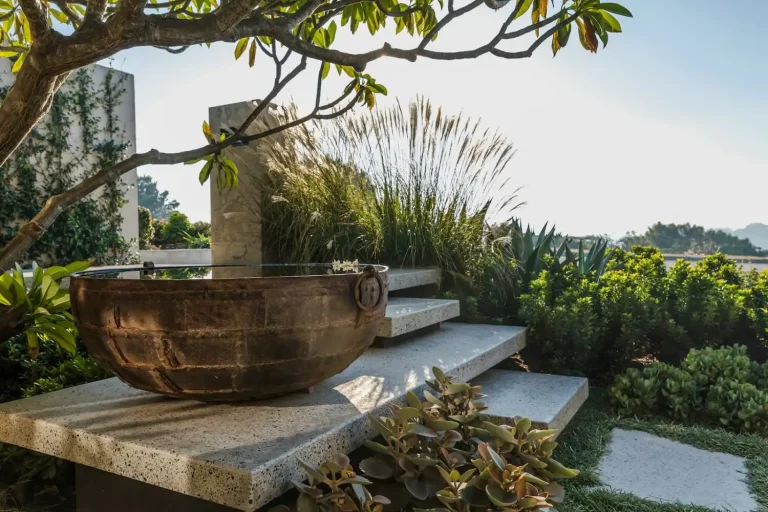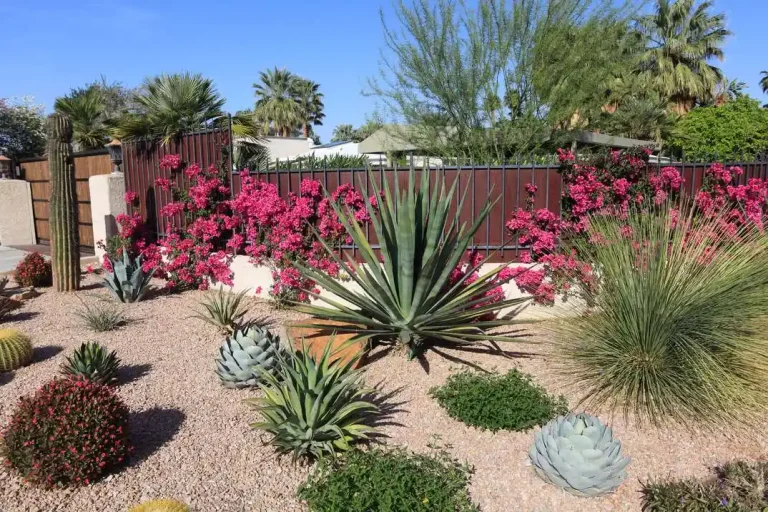Native Plant Landscape Design Services: Elevate Your Property with Ecological Elegance
Discovery, Site Analysis & Visioning
Professional native design begins with discovery: meeting with the client to understand goals, site use, aesthetic preferences, and constraints (budget, zoning, local codes). The designer then conducts a site analysis, mapping existing topography, soil types, sun/shade patterns, drainage, microclimates, and existing vegetation.
From there, a concept vision is developed preliminary sketches, massing, planting zones, circulation, hardscape framework, and ecological objectives. This phase bridges client intent with ecological potential.
Plant Palette & Ecotype Matching
After visioning, the designer assembles a native plant palette, selecting species suited to local ecotypes, soil and water conditions, and design style. This includes specifying sizes, densities, bloom sequences, and structural roles (groundcover, understory, shrubs, specimen trees).
Designers often distinguish between locally sourced ecotypes (plants grown from local seed) and broader native variants, balancing aesthetics with adaptation and provenance. They also avoid invasive or aggressive species, maintain genetic diversity, and ensure long-term stability.
Master Plan & Construction Documentation
Once the palette and layout are refined, the designer produces a master planting plan, details for irrigation, grading, soil amendments, drainage, planting schedules, and hardscape. Construction documentation includes plant lists, spacing diagrams, material specs, installation guidelines, and phasing schedules.
High-end services may also provide maintenance plans, monitoring schedules, and seasonal check-ins to ensure the design’s success beyond installation.
Implementation & Supervision
Many design services also manage or supervise installation. They coordinate contractors, monitor planting accuracy, quality control, and ecological compliance. During the establishment phase (often 1–2 years), they oversee watering, weed control, replacements, and adjustments.
Post‑Installation & Adaptive Management
True native design recognizes that landscapes evolve. The service should include monitoring, adaptation (replacing underperforming species), fine-tuning irrigation, and guiding clients in maintenance that preserves ecological integrity.
When you purchase native plant landscape design services, you get more than drawings; you gain a lasting ecological asset engineered for performance, beauty, and resilience.
Benefits of Professional Native Plant Design Services
Ecological & Biodiversity Gains
Native plant landscapes designed correctly support local wildlife, insects, pollinators, and soil microbiomes. They help restore habitat corridors, promote species diversity, and create ecological connectivity.
A professional design ensures that plant communities function together, pollinator zones, host-plant relationships, shelter stratification, and ecological layering—the kind of interwoven complexity favored by nature.
Water & Resource Efficiency
Proper design translates into reduced water use because native plants are matched to site conditions, and sites are grouped into irrigation zones efficiently. Less overlap, fewer wasted overlaps, and species that require minimal supplemental water.
Moreover, designs account for stormwater management, soil infiltration, and drainage—helping reduce runoff, erosion, and infrastructure strain.
Lower Maintenance & Longevity
A thoughtfully designed native landscape requires less intervention. Pest-resistant plant selections minimize chemical use. Soil-matched plant palettes reduce failure rates. Over time, you pay less in upkeep.
In contrast, poorly planned “native” installs often devolve into weed patches or neglect. As one commenter observes:
The value of natives doesn’t “shine through” … 99 % of people have no idea where a plant is from. Without a coherent design, most plantings decline rapidly. Without maintenance, invasives outcompete.”
A professional design avoids that failure path.
Aesthetic Strength & Property Value
A well-designed native planting doesn’t look “wi,” it looks intentional. Through layering, structure, curated specimen elements, and integration with hardscape, the landscape becomes elegant and distinctive. That aesthetic value elevates property status and resale appeal.
Risk Mitigation & Resilience
Design professionals understand local pests, extreme weather stresses, drought cycles, and microclimate shifts. They plan accordingly—choosing species resilient to local extremes and placing structural design to buffer exposures.
Overall, design services help convert ecological potential into practical, beautiful, and resilient landscapes.
Real-World Plant & Product Examples for Native Landscape Design
Here are five specific plant or seed-product visuals and ideas that a design service might incorporate. I include how they might be used, their strengths, and sourcing advice.
1. Aquilegia canadensis (Red Columbine)
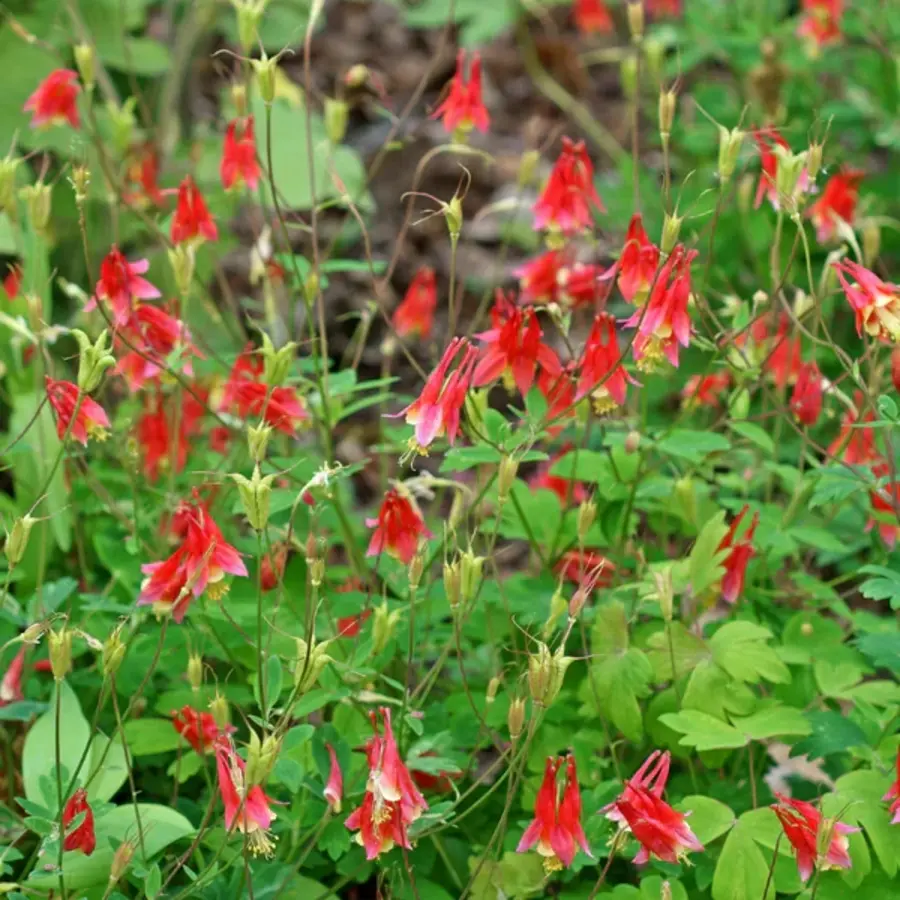
Aquilegia canadensis is a native woodland-edge perennial with delicate red and yellow blossoms.
Detailed Features & Benefits:
-
Shade to partial sun compatibility, making it versatile for transitional zones.
-
Attracts pollinators such as hummingbirds and native bees.
-
Moderate size, graceful form, self-seeding in suitable conditions.
-
Low maintenance once established.
Use-Case / Problem Solved:
When designing a shaded border under trees or as part of a mixed understory, Red Columbine offers seasonal flair without requiring excessive light or care. Designers can plant it en masse or as accent drifts. It’s particularly useful in native buffer zones or edge plantings.
Where & How to Buy:
For upscale design, request larger nursery plugs or container plants, nseedlingseed alone. Purchase from local suppliers when possible to reduce shipping stress and ensure local ecotype compatibility.
2. Mini Meadowbom Seedbom by Kabloom
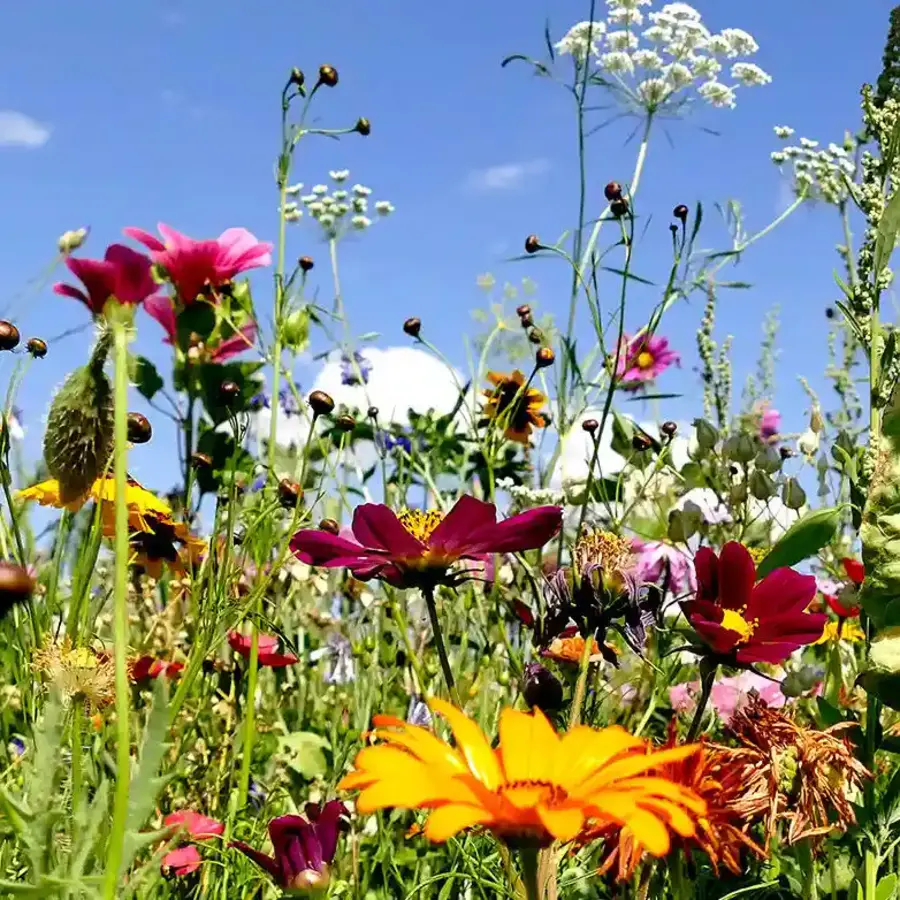
Kabloom Mini Meadowbom Seedbom is a compact seedball product containing pollinator-attractive native wildflower seeds.
Detailed Features & Benefits:
-
Pre-encapsulated seedballs simplify broadcast installation.
-
Protective coating helps with moisture retention and guards against seed predation.
-
Ideal for infill zones, edges, slopes, or meadows.
-
Mixes often include diverse species suited for pollinators.
Use-Case / Problem Solved:
On large estates or properties, designers may need to plant extensive zones at low labor cost. Seedbom seedballs let one scatter seed over the ground quickly, rather than hand-planting each plug. They are helpful for buffer strips, slope zones, or wild perimeter borders where visual cohesion matters. Over time, the area densifies and becomes part of the design fabric.
Where & How to Buy:
Available from various botanical or gift shops; use the product link above to view sellers. For serious design contracts, combine seedbom applications with plug plantings in feature zones to ensure visual richness.
3. Flower Mix Garden City Prairie
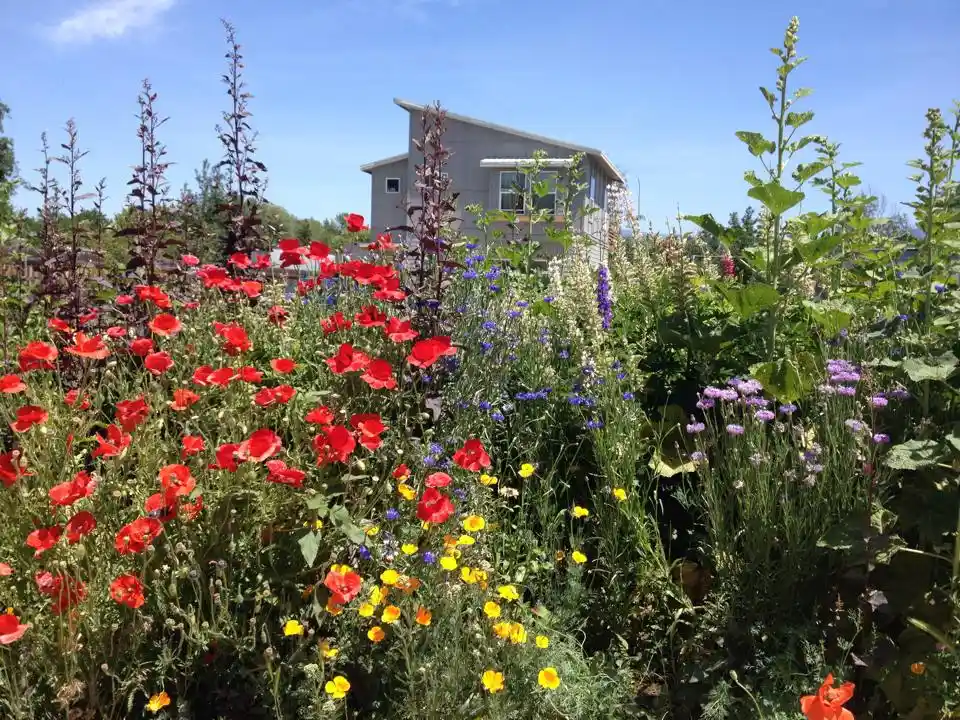
Flower Mix Garden City is a prairie-style wildflower seed mix, selected for aesthetic and ecological compatibility.
Detailed Features & Benefits:
-
Balanced species composition for seasonal bloom spread.
-
Includes nectar and pollen producers for pollinators.
-
Suitable for prairie-style native gardens or ecosystem buffers.
-
Relatively cost-effective for large-area applications.
Use-Case / Problem Solved:
When a designer needs to convert lawn or underutilized turf into a pollinator meadow or native field, Garden City Prairie mix provides a ready palette. This seed mix helps anchor large-scale zones with ecological and aesthetic continuity, while controlled planting edges maintain a refined boundary.
Where & How to Buy:
Offered by Snake River Seed Cooperative and other seed houses. For upscale design, request a specialty seed mix with higher purity, heavier seed concentration, and local ecotype selection. Integrate mix zones carefully to avoid abrupt transitions.
4. Sedum Little Missy
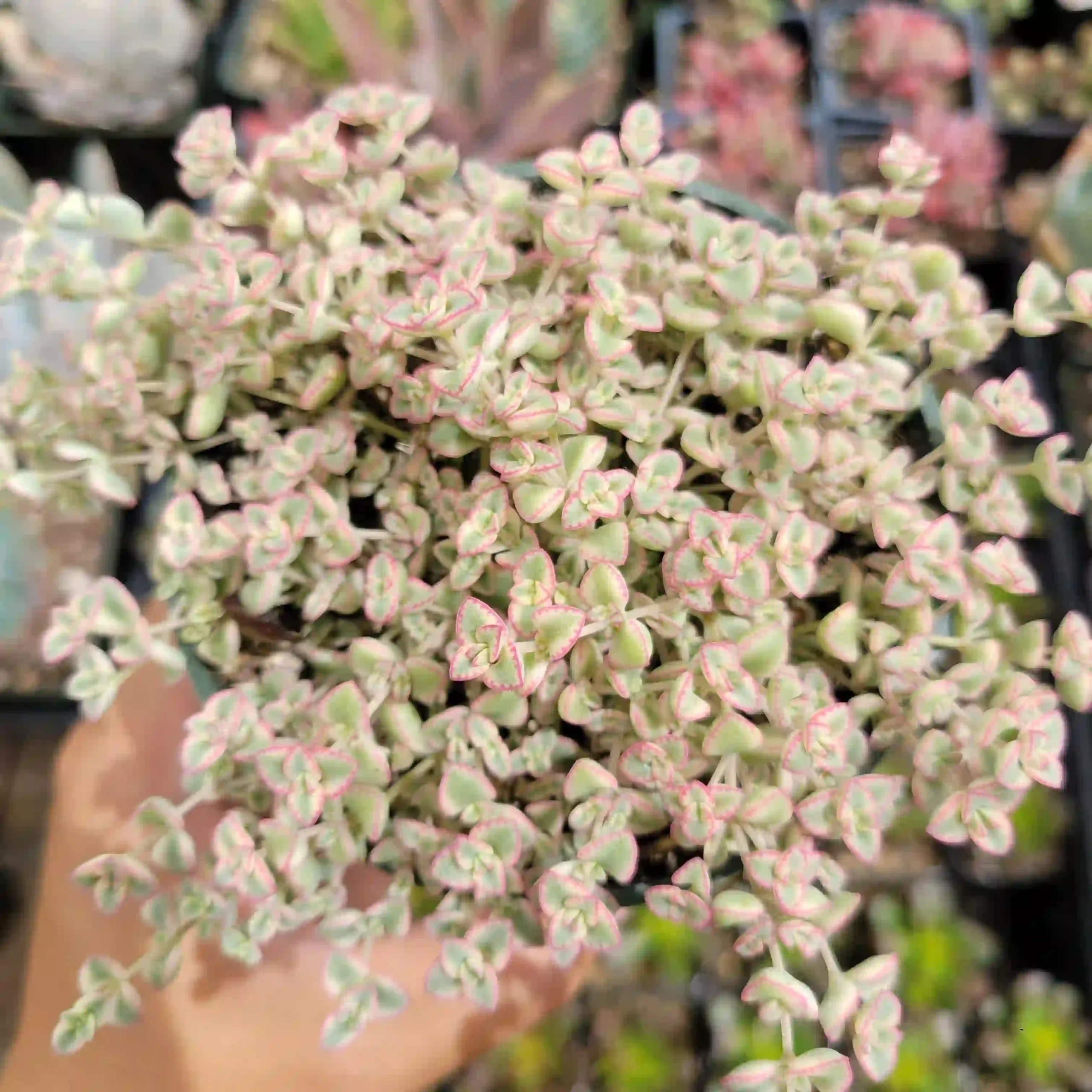
Sedum Little Missy is a compact, drought-tolerant sedum cultivar suited for rock gardens and shallow soils.
Detailed Features & Benefits:
-
Succulent foliage adds texture contrast.
-
Drought-hardy and low-maintenance.
-
Excellent for blending with native rock or gravel zones.
-
Flowers attract pollinators like bees and small butterflies.
Use-Case / Problem Solved:
In native designs around rock outcrops, permeable paths, or dry slope zones, Sedum Little Missy can bridge more xerophytic natives and structural elements. It adds visual detail without demanding heavy care, supporting both design and ecological goals.
Where & How to Buy:
Available through specialty plant retailers (e.g., Sage & Sill). For design implementation, request size-graded plugs or liners to match the scale. Use them in conjunction with fully native species to maintain ecological priority.
5. Aubrieta x cultorum Cascade Mix
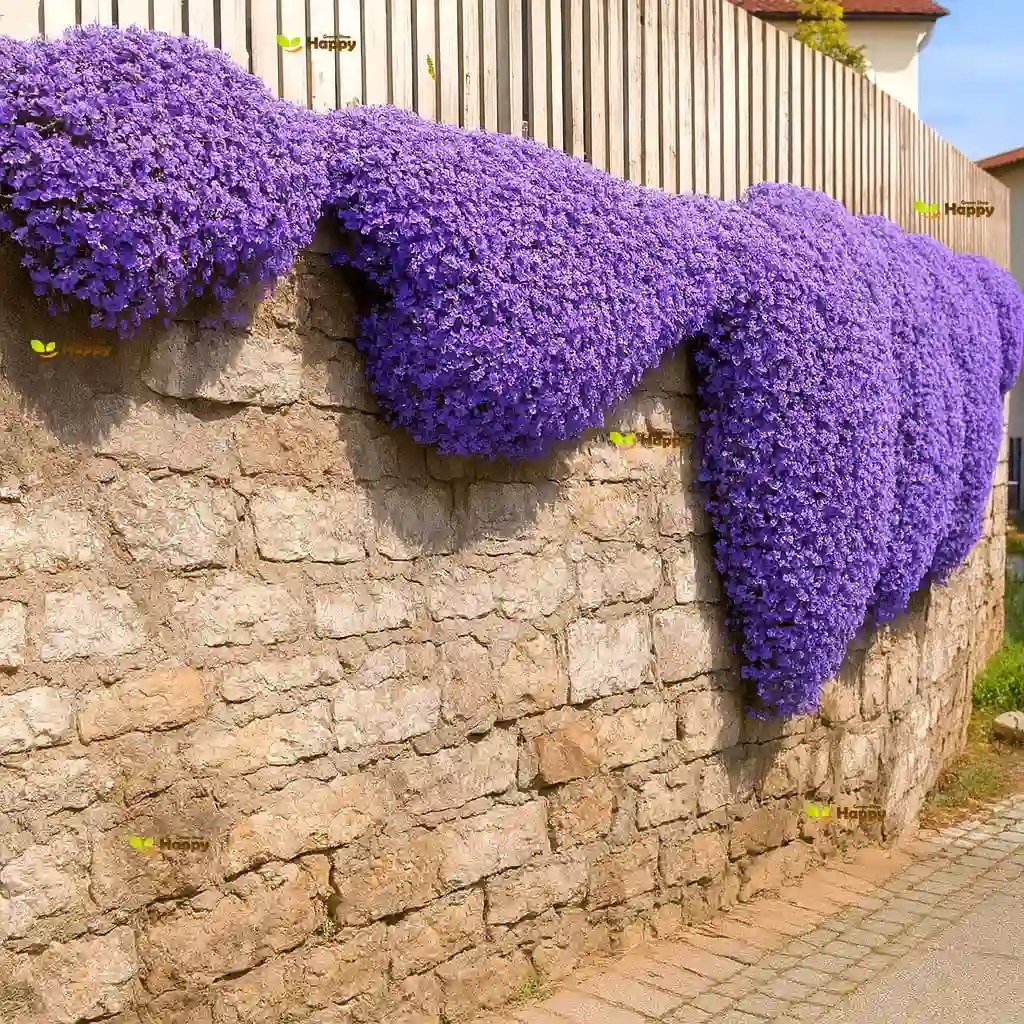
Aubrieta x cultorum is a trailing rock garden plant with purple blooms, often used as a groundcover adornment.
Detailed Features & Benefits:
-
Evergreen or semi-evergreen foliage offers year-round texture.
-
Early-spring blooms bring color before many natives awaken.
-
Good for softening hard edges or draping walls.
-
Works well in rock garden or transitional zones.
Use-Case / Problem Solved:
While strictly native plant design may limit use of non-natives, in transitional or less-critical aesthetic areas, Aubrieta Cascade Mix can provide a burst of spring color at walls, steps, or low walls without overwhelming. Designers may use it as a soft “borrowed” aesthetic, where ecologically core zones remain native.
Where & How to Buy:
Available via Exotic Plants and other suppliers. Use small-scale plantings or containers in visually strategic zones. Ensure that the use of non-native is acceptable within the client’s ecological or regulatory parameters.
How Design Services Leverage These Products
-
Accent and specimen zones: Plant Red Columbine as under-canopy highlights or in gallery-like drifts near benches.
-
Mass and meadow zones: Use Garden City Prairie mix to seed expansive zones that gradually cohere into ecological meadows.
-
Infills and edges: Broadcast Seedbom seedballs in transitional zones or steep slopes.
-
Textural contrast zones: Insert Sedum Little Missy near rock features, permeable paving, or adjacent to native shrubs.
-
Transitional edge or rock-wall ornamentation: Use Aubrieta Cascade to soften stone edges in non-critical zones.
A skilled design service weaves these plant and material products into a cohesive, layered native landscape scheme, balancing ecological integrity with aesthetic intention.
How to Source & Buy Materials in Native Design Projects
-
For core native stock, prefer local native nurseries or growers that specialize in ecotype-appropriate plants.
-
Seed mixes should be regionally appropriate and of high purity, to avoid generic national blends.
-
For specialty products (seedballs, decorative rock, sedum cultivars), order from reputable horticultural vendors (as above).
-
For large-scale projects, negotiate bulk discounts, freight consolidation, or work with local growers to propagate on-site.
-
Verify health, quality, container size, acclimation, and labeling (botanical names, provenance) before accepting delivery.
-
Integrate delivery scheduling with planting phases to minimize storage stress.
How to Choose & Hire a Top-Quality Native Plant Design Service
Evaluate Ecological Expertise & Regional Knowledge
Ask potential firms whether they specialize in native or ecological landscapes, not just general landscaping. They should demonstrate understanding of local ecotypes, soils, hydrology, and regulatory constraints. Request portfolios with native projects and client references.
Request Full-Process Capability
A strong service handles not just design, but also documentation, installation oversight, and post-installation monitoring or adaptive service. If they outsource parts, confirm they oversee quality control.
Check Plant Sourcing & Propagation Strategy
Prefer firms that grow or source locally adapted plant stock rather than importing generic plants. Ask about their relationships with native nurseries or seed houses.
Assess Communication & Reporting
Look for designers who present concept boards, renderings, phased plans, maintenance timelines, budgeting transparency, and who track performance metrics.
Consider Maintenance Transition Plans
Even the best design fails without proper maintenance. Good services offer training, check-in visits, infill planting plans, or maintenance contracts post-installation.
Request Clear Contracts & Guarantees
A professional service should provide a written scope, plant warranty (or replacement clause), timeline, supervision responsibilities, and payment milestones.
By selecting a design service with both landscape artistry and ecological acumen, your project is far more likely to succeed, endure, and deliver value.
Implementation Roadmap: Phases & Best Practices
-
Initial Consultation & Budget Definition
Align client expectations with ecological goals and realistic cost profiles. -
Site Survey & Mapping
Collect sun, soil, drainage, microclimate, and existing conditions data. -
Concept & Master Planning
Generate layout, planting zones, structure, access, and ecological flows. -
Plant Palette & Material Specification
Define species lists, plant sizes, hardscape materials, soil amendments, and water systems. -
Construction Documentation
Draw plant plans, details, labeled sections, installation notes, and phasing. -
Bidding & Contractor Selection
Assist in selecting qualified installers, vet proposals, and coordinate. -
Installation Oversight
Monitor planting standards, delivery quality, handling, irrigation setup, and early maintenance. -
Establishment Phase Management
Ensure watering, weeding, replacement planting, monitoring, and adjustments. -
Adaptive Management & Monitoring
Track performance, feedback loops, adjust plantings, and refine irrigation. -
Long-term Maintenance Support
Provide maintenance guidelines or ongoing support to preserve ecological integrity.
Use-Case Scenarios for Native Design Services
Luxury Residential Estate with Ecological Buffer Zones
A large property wants both formal garden areas and natural buffers. The design service crafts formal native beds near the house (accent shrubs, sedges, pollinator perennials) and a meadow buffer along the property perimeter using prairie seed mixes and minimally invasive maintenance. Transitional zones use seedballs and texture-contrast elements like sedums near stone features.
Commercial Campus Demonstration Landscape
A corporate campus desires a sustainable, low-maintenance landscaping identity. The design service installs native plant zones near walkways, stormwater filter gardens, and pollinator habitat zones. They incorporate signage, scheduled monitoring, and adaptive test-bed areas to refine species lists over the years.
Urban Infill Rewilding for Homeowners
A homeowner replacing the lawn wants a pollinator-friendly yard. A design service provides scaled residential native design: selecting compact natives, layering from path edges to backyard woods, integrating native shrubs, perennials, and pollinator-friendly species, with drip irrigation and a maintenance plan.
Frequently Asked Questions
Q1: How much do native plant landscape design services typically cost?
A1: Pricing varies by scale, complexity, region, and services included (documentation, installation, monitoring). For residential areas, conceptual design often ranges from a few hundred to several thousand dollars. Full design-to-install packages for estates can be tens of thousands. Always request itemized proposals and breakdowns of planting, materials, and labor.
Q2: Can I hire just design services and do the installation myself?
A2: Yes. Many firms offer standalone design-only packages. You’ll receive planting plans, documentation, and instructions. However, success depends on your execution, plant sourcing, planting technique, and ongoing care. The risk is greater without professional oversight during planting.
Q3: How long before a native planting looks full and mature?
A3: Generally, within 2–4 growing seasons, the design begins to cohere. By year 5–7, many native perennials and shrubs reach maturity and a self-supporting structure. Some species take longer. During the early years, infill planting or supplemental container plants can accelerate visual fill.
